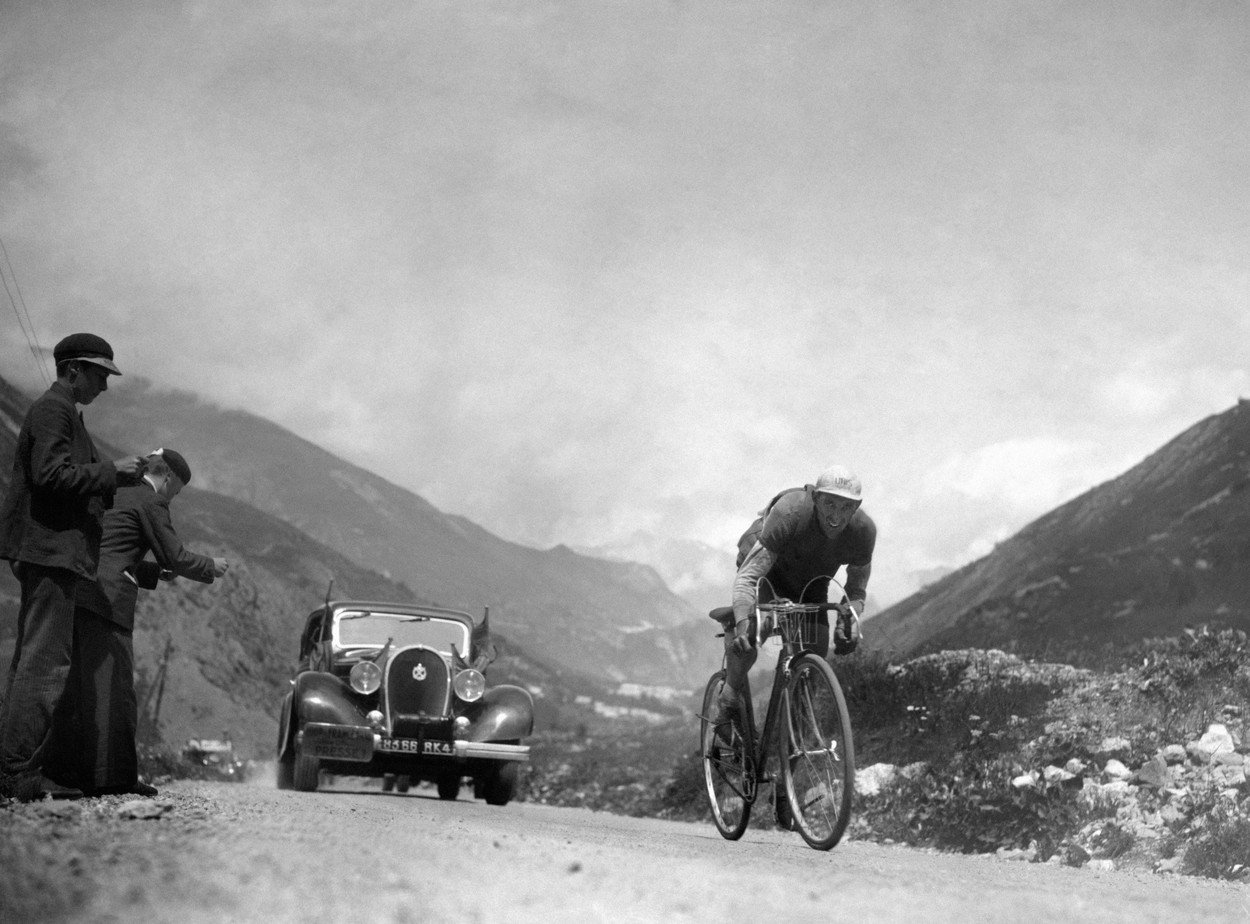Col du Galibier is one of the most iconic and historic climbs in the Tour de France, having been part of the race since the very first time it visited the Alps in 1911. By 1936, the Galibier had already cemented its reputation as a challenging ascent, and it was included as part of Stage 7 alongside the Col du Télégraphe and the Col du Lautaret—a combination that remains a hallmark of the Tour’s Alpine stages. The 230-kilometer stage ended in Grenoble, as hilltop finishes were not introduced to the race until 1952. On that day, a large group of riders crossed the finish line together, all clocked with the same time.

Among them was Fédérico Ezquerra (1909–1986), a pioneering Basque climber widely regarded as one of the finest climbers of his era. Ezquerra excelled in the 1936 Tour, finishing third in the mountains classification behind Julián Berrendero and Sylvère Maes, the eventual overall winner. During the race, he triumphed on several iconic climbs, including the Col du Galibier, Ballon d’Alsace, Aravis, La Turbie, and Puymorens.
This was not Ezquerra’s first triumph on the Galibier. He had already achieved a similar feat two years earlier, during his debut Tour de France in 1934, further solidifying his reputation as a master of the high mountains